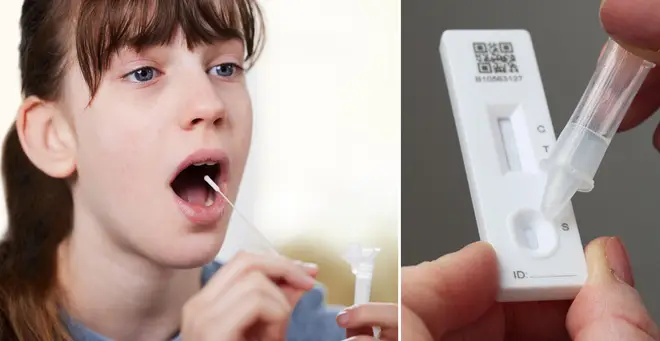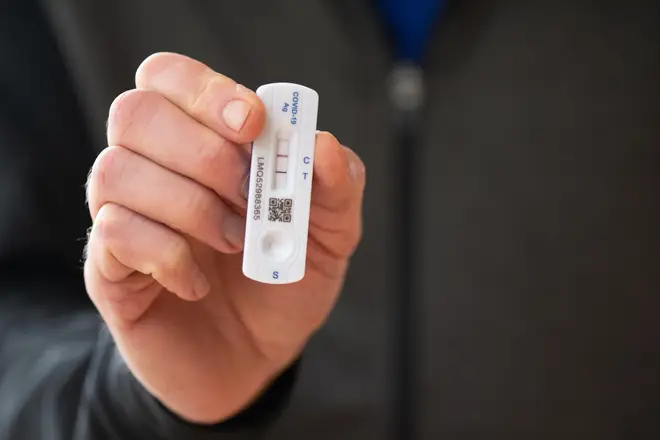On Air Now
Heart's Club Classics with Pandora Christie 7pm - 11pm
11 January 2022, 10:19 | Updated: 11 January 2022, 10:40

A doctor has warned that people are making three common mistakes when taking Covid lateral flow tests.
Many of us will now be very familiar with Covid lateral flow tests, but a doctor has warned that there are a number of mistakes people regularly make when taking them.
As reported by Birmingham Live, Dr Nathan Hudson-Peacock, who posts under the name @expedition_doctor on Instagram, has warned the public to be wary of three common pitfalls when using the tests.
Firstly, failing to spot faint lines in the test can man the user mistakenly believes their result is negative. Dr Hudson-Peacock warns that any line in the 'T' section that shows up in the first 30 minutes, no matter how faint, indicates a positive result.

If a faint line appears after 30 minutes, he adds, it may not indicate a positive result - but people should still be cautious about socialising indoors and take precautions.
He said: "If the faint line appears after the window, the most likely cause is either that there has been some contamination (e.g. food or drink, or some other weak contaminant), or there are just very low levels of the virus.
"If it is the latter, and obviously assuming you are asymptomatic at this point, then you are unlikely to be a transmission risk."
Secondly, he says, some people may not be reading the instructions properly.

Most tests require the user to not eat or drink anything 30 minutes prior to taking it, as well as blow their nose and wash their hands.
This is because some substances, including fizzy drinks, can give false positives.
Thirdly, some people are also failing to test properly with newer kits. While older kits required throat and nasal samples, newer versions only need nasal swabs. He urged people to ensure they are doing the correct swab for the test they are taking.